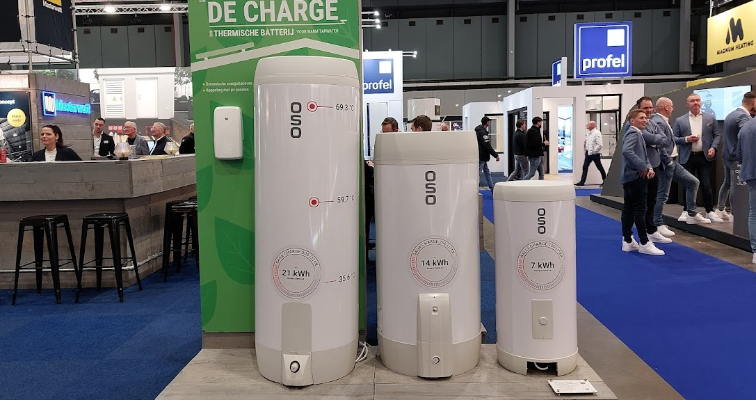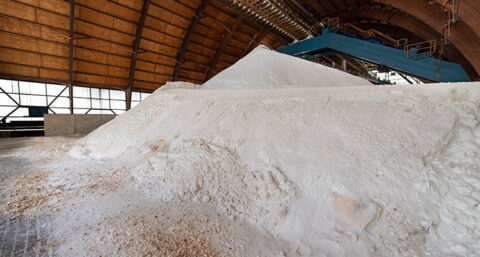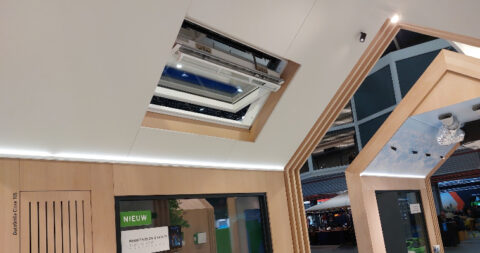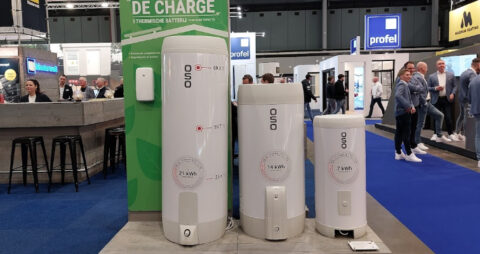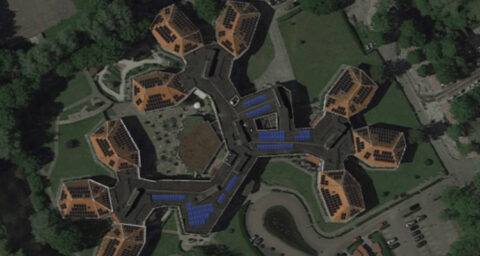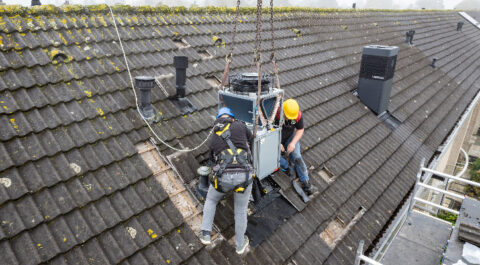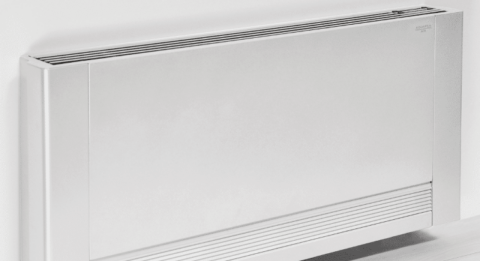The date that the net-metering scheme ends is approaching, so people are thinking about how to use the power from their solar panels themselves. Home batteries are still relatively expensive, so thermal batteries are attracting warm interest.
The energy and therefore the heat is always stored in water, and if the vessel is well insulated you get a COP of over 0.9. So storage in heat is good to include in the options, only the solutions differ quite a bit in where the heat comes from and what that heat is used for. For example, thermal batteries can be used for home heating, or for tap water. What you recommend to your customers depends entirely on the situation. Here we list the various options.
From heat pump to heating: the buffer tank
The first thermal battery is the time-honored buffer tank. As a heat pump produces more heat than is needed to heat the home, it is of course a huge waste to lose that heat. This also reduces the efficiency of the heat pump, because the heat pump is not being used optimally. It is better to temporarily store this excess heat somewhere. To buffer it. So that it can still be used at a later time. This can be done by expanding the heat pump system with a buffer tank.
An added benefit is that a buffer tank can significantly extend the life of a heat pump. If a heat pump is constantly turning on and off to keep the house at the desired temperature, it is quite detrimental to its lifespan. This constant turning on and off is called commuting. The buffer tank solves this at once. First, the buffer tank is used for (additional) heating and only when it is really necessary does the heat pump come into action and that will be for a longer period of time. This is an important advantage, because buffer tanks are certainly not cheap and also take up a lot of space. The longer life of the heat pump, the higher efficiency and additional energy savings make such a buffer tank suddenly much more attractive.
From heat pump to domestic hot water: the hot water tank
Another possibility is that the heat pump heats the tap water with excess heat. Especially in the summer, this way you can still use your heat pump, which otherwise stands idle all season. While there is still enough power from the solar panels. This can be done in a hybrid system, for example, so it doesn't matter if the water is hot enough. It can still be reheated by the boiler. This also ensures that the user never runs out of hot water.
An example of a hot water tank is the Xtore from Intergas.
From solar panels to domestic hot water: the smart water heater
Of course, you can heat tap water directly in a boiler that you heat with power from your solar panels. To do this, however, the system must be able to distinguish between power from the grid and your own power. So the water heater must be smart. There are not very many providers yet, but that will soon change, because the possibilities are great. For example, you can use software to determine that exactly the amount of power is used in the water heater that would otherwise have gone back to the grid. But you can also ensure that the water is heated when the price of energy is low, in the case of a flexible contract. Through the software, you can then still look at user needs, and you're going to be able to set all sorts of preferences. The possibilities for this will only grow in the coming year.
An example of a smart water heater is Masterwatt's Charge.
From solar panels to a closed system
Finally, it is possible that the heat enters a closed system. The hot water is then not used for the central heating or for tap water, but the water for the central heating or the tap water is heated by the hot water. So in principle, such a thermal battery can do both at the same time.
Here, of course, the heating is also controlled by smart software, which uses power from solar panels and cheap hours as efficiently and cheaply as possible. This software is always evolving, and this is where most progress will be made.
An example of a closed system is Newton Energy Solutions' NEStore.

